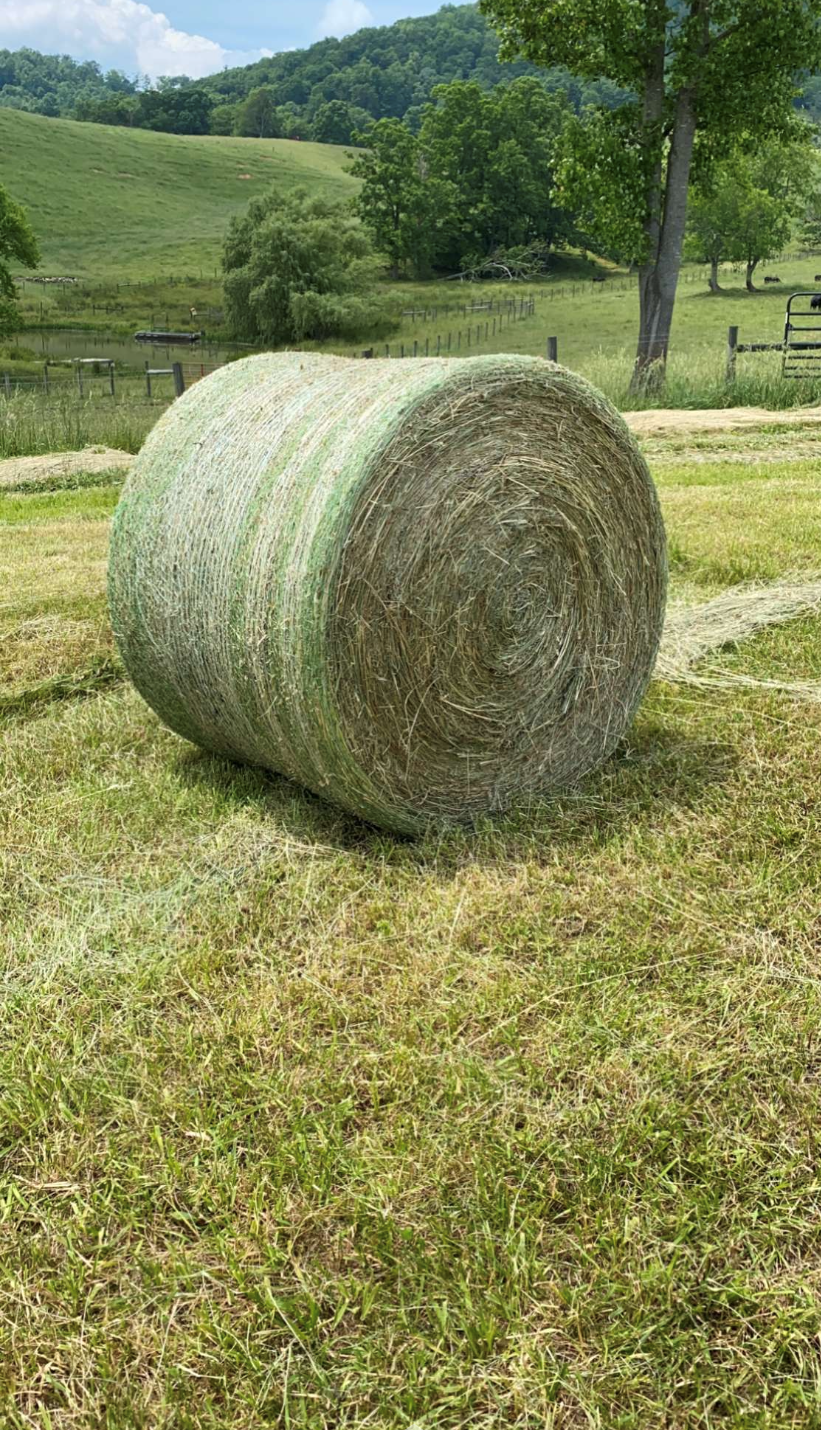All Hay Is Not Created Equal
go.ncsu.edu/readext?702025
en Español / em Português
El inglés es el idioma de control de esta página. En la medida en que haya algún conflicto entre la traducción al inglés y la traducción, el inglés prevalece.
Al hacer clic en el enlace de traducción se activa un servicio de traducción gratuito para convertir la página al español. Al igual que con cualquier traducción por Internet, la conversión no es sensible al contexto y puede que no traduzca el texto en su significado original. NC State Extension no garantiza la exactitud del texto traducido. Por favor, tenga en cuenta que algunas aplicaciones y/o servicios pueden no funcionar como se espera cuando se traducen.
Português
Inglês é o idioma de controle desta página. Na medida que haja algum conflito entre o texto original em Inglês e a tradução, o Inglês prevalece.
Ao clicar no link de tradução, um serviço gratuito de tradução será ativado para converter a página para o Português. Como em qualquer tradução pela internet, a conversão não é sensivel ao contexto e pode não ocorrer a tradução para o significado orginal. O serviço de Extensão da Carolina do Norte (NC State Extension) não garante a exatidão do texto traduzido. Por favor, observe que algumas funções ou serviços podem não funcionar como esperado após a tradução.
English
English is the controlling language of this page. To the extent there is any conflict between the English text and the translation, English controls.
Clicking on the translation link activates a free translation service to convert the page to Spanish. As with any Internet translation, the conversion is not context-sensitive and may not translate the text to its original meaning. NC State Extension does not guarantee the accuracy of the translated text. Please note that some applications and/or services may not function as expected when translated.
Collapse ▲
Ashe County experienced a beautiful hay week early in the season. As the rain sets back in and July inches closer grass will continue to mature. Mature hay is high in Lignin, which ruminants (cows, sheep, goats) cannot digest. Hay that is high in Lignin and low on nutrients will starve an animal even though it may be standing at the ring eating. Wet hay will continue to heat, producing bacteria and mold. This hay may become trampled and wasted. Most of us cannot afford to lose any hay after a year where fields may have been short on yield or rainy weather made it impossible for second cutting to go up. There are approximately 105 feeding days of winter left and chances are some heavy snow to go along with it.
A cow will consume 2.4% of their body weight on average, so a 1,300-pound cow will consume 31.2 pounds per day, not including waste. A ewe or doe will consume 3-4% of their body weight depending on gestational status. A 140-pound ewe or doe that consumes 3.5% of her body weight will consume almost 5 pounds of hay per day, not including waste. How does your hay inventory stand up to the challenge?
According to Texas A&M, an average 4×4 roll of hay will weigh about 563 pounds, an average 4×5 roll about 880 pounds, and an average 5×5 roll about 1,100 pounds. This may not always be the case based on how dense the bales are rolled and type of baler used. The moisture level at which the hay is baled will also affect the weight. During a previous meeting, round bales were brought in from three different farms and weighed. All of the hay weighed was dry hay. The 4×4 bale weighed 580 pounds, the 4×5 bale weighed 980 pounds, and the 5×5 bale weighed 880 pounds. This demonstrates how bale weights can vary and I would encourage you to have a bale or two weighed so that you know how many pounds of hay are in the roll. This is a service the North Carolina Cooperative Extension, Ashe County Center can offer you.
Is the hay you have on hand meeting the nutritional requirements of your herd or flock? In order to know the nutrient content of your hay and ensure your livestock are fed adequately, you can have your hay tested. Hay testing requires about a gallon of hay and a $10 lab fee. The hay sample is sent to the North Carolina Department of Agriculture and Consumer Services for testing. Please contact the N.C. Cooperative Extension of Ashe County office if you would like more information about hay testing.



